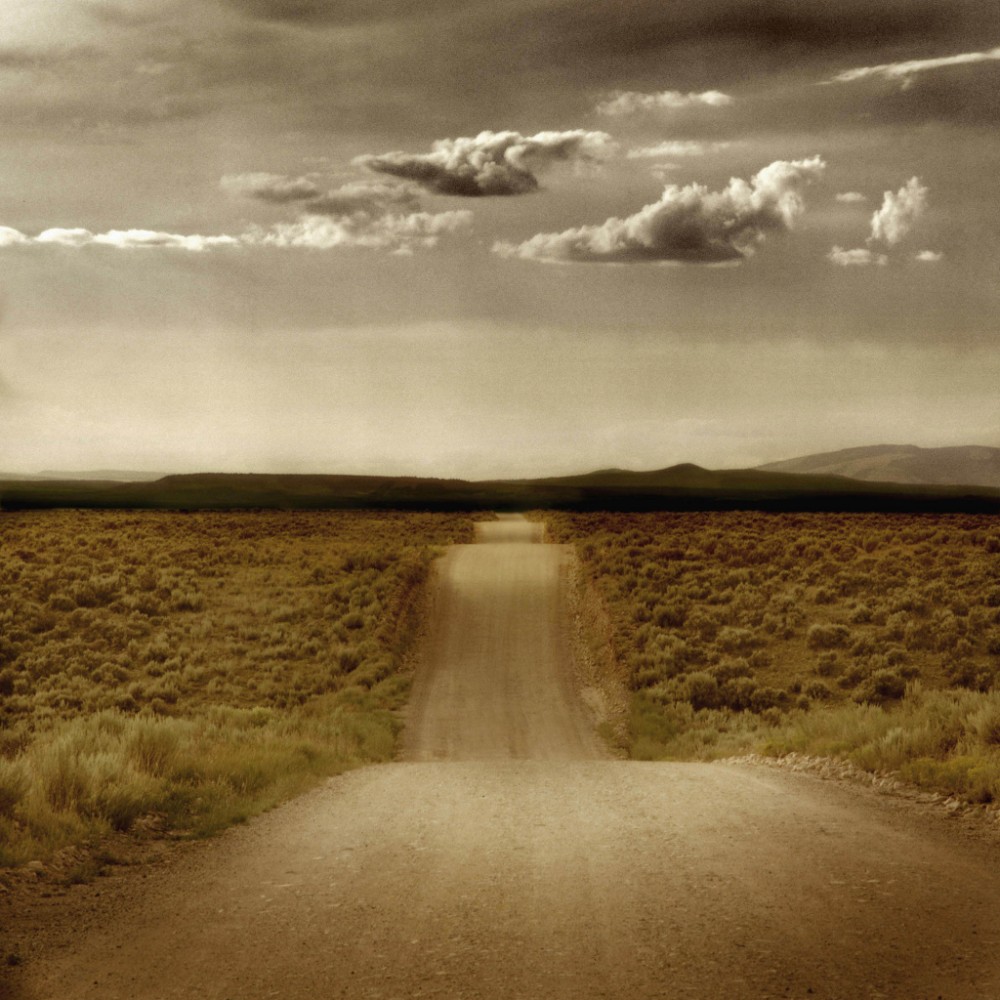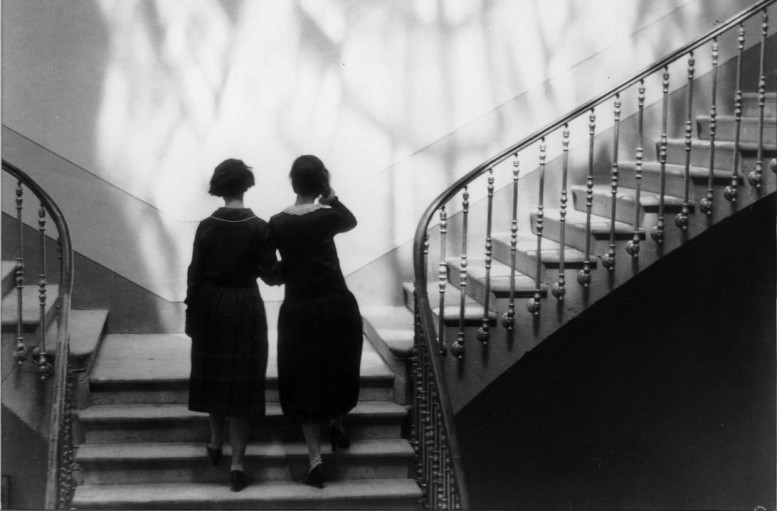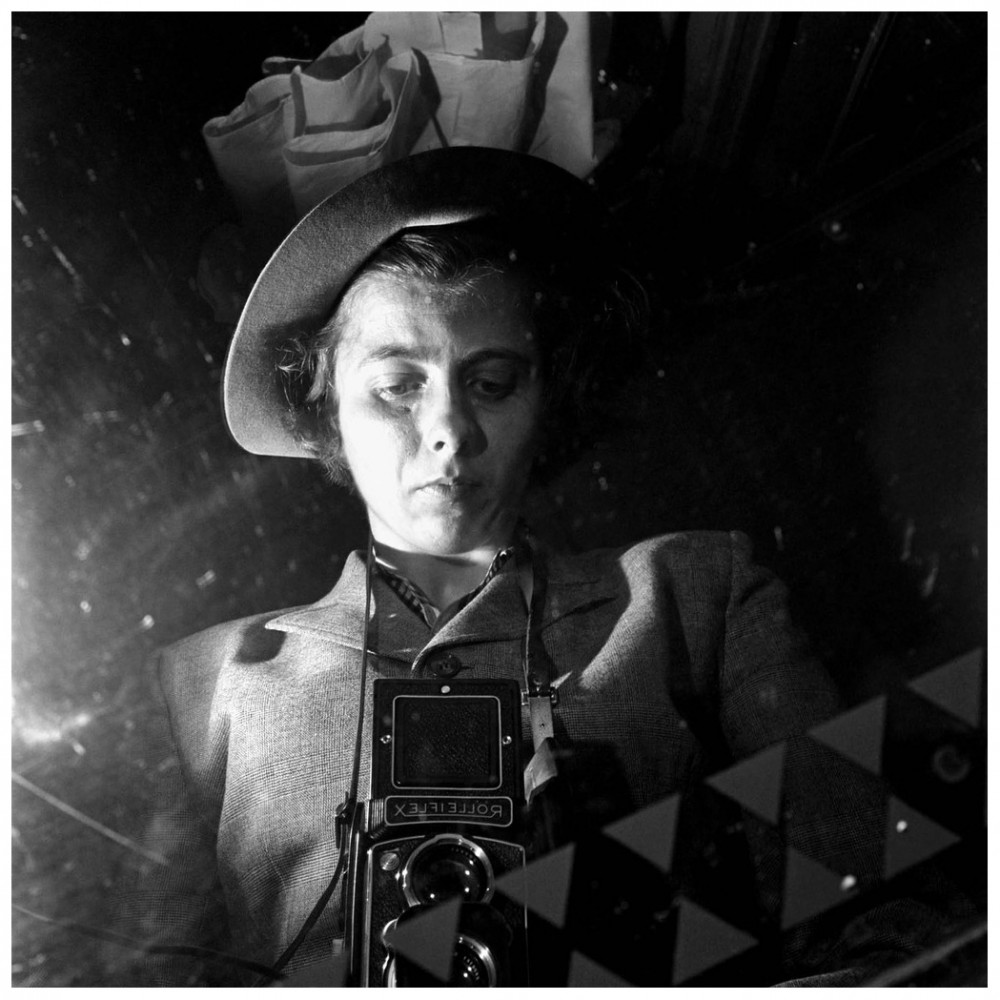“A picture is a secret about a secret, the more it tells you the less you know.”
-Diane Arbus
Michael Eastman
Michael Eastman is a self-taught contemporary photographer who has spent four decades capturing architectural landscapes in cities including Havana, Paris, Rome and New Orleans. Many of his images focus on textures of decay and the deterioration of exterior structures. Encapsulated in his color photographs are notions of time, culture and status. Each image has the capacity to tell a story about everything that surrounds it; physically, socially and ideologically. He continues to use film and prints his images himself.
Manuel Alvarez Bravo
"The important thing in a photographer is his work, his sincerity, his ability to transcend the documentary to achieve human fulfillment ..." -Manuel Alvarez Bravo
Alvarez Bravo was an influential street photographer from Mexico and often noted as the most important figure in all Latin American photography during the 20th century. He photographed scenes and subjects that ranged from nudes and rituals to burials and storefronts. His on-the-go technique and unprecedented ability to capture traces of humanity within the frames of his black and white images solidified him as one of the great street photographers of his time.
Harry Callahan
In 1938 Callahan starting teaching himself how to use a camera. In 1941 a lecture given by Ansel Adams inspired him to take his work seriously. His quintessentially man-on-the-street images are marked with eeriness and a powerful sense of light and form. He used to walk the streets of the city he lived in every morning taking photographs, and in the evening he would make proof prints of the best ones. Although he left behind over 100,000 negatives and 10,000 proof prints after his death, he produced no more than half a dozen final images a year.
Jack Jaffe
Inspired by photographers before him like Walker Evans and Dorthea Lange, along with the realization that photography as an art-form could be a vehicle for social commentary, Jaffe decided to pick up a camera. He was a business man at the time, but after teaching himself the way around a camera he became an influential photojournalist and member of the photography community from 1968 to 1971. The stark differences in his portfolio result from the various locations he shot in, from prowling the cramped city streets of Chicago to going rogue out in the the vast and serene landscapes of Montana.
Vivian Maier
There is no way to measure the candid quality found in Maier's photographs. Her work is as pure and dramatic as life itself. The images are clean and precise, almost entirely composed of strangers. When approaching a scene to photograph, Maier would only make one exposure. Most of her photographs were taken between the 1950’s and 1990's, predominantly in Chicago where she worked as a nanny for 40 years, earning the nickname “Mary Poppins.” Her work went unnoticed for almost her entire life until her prints and negatives were discovered buried in a storage room in 2008 a year before her death.
Text by Carlos J Fonts






